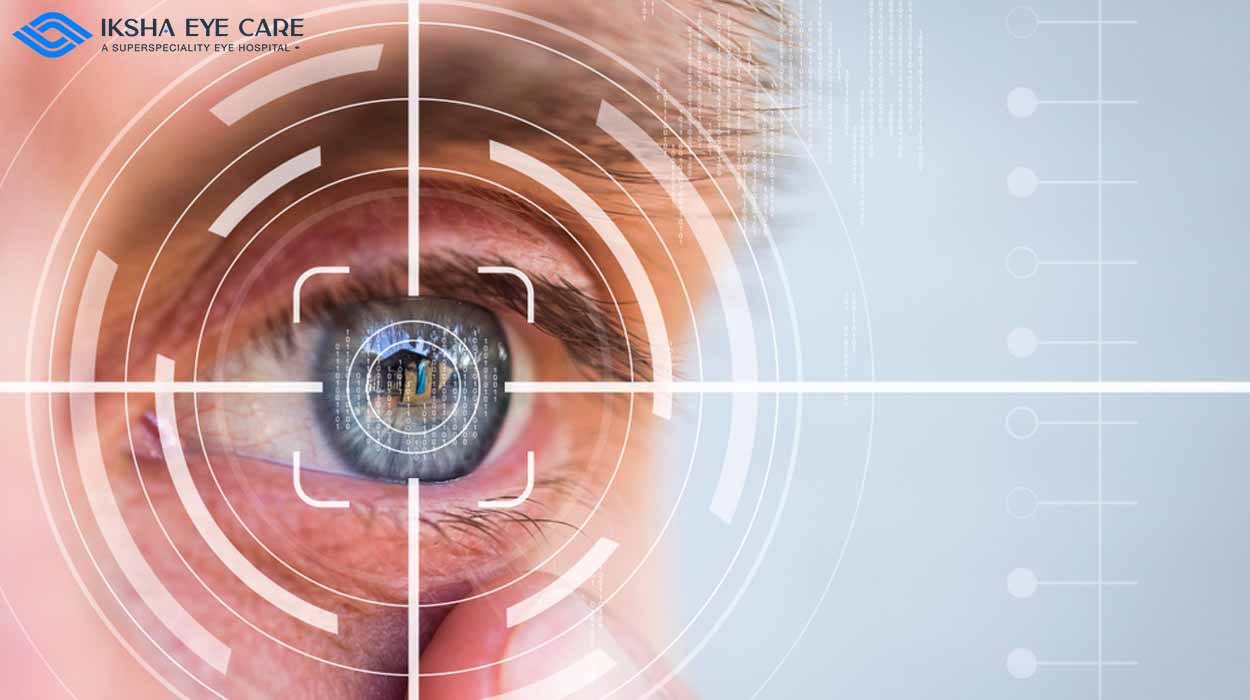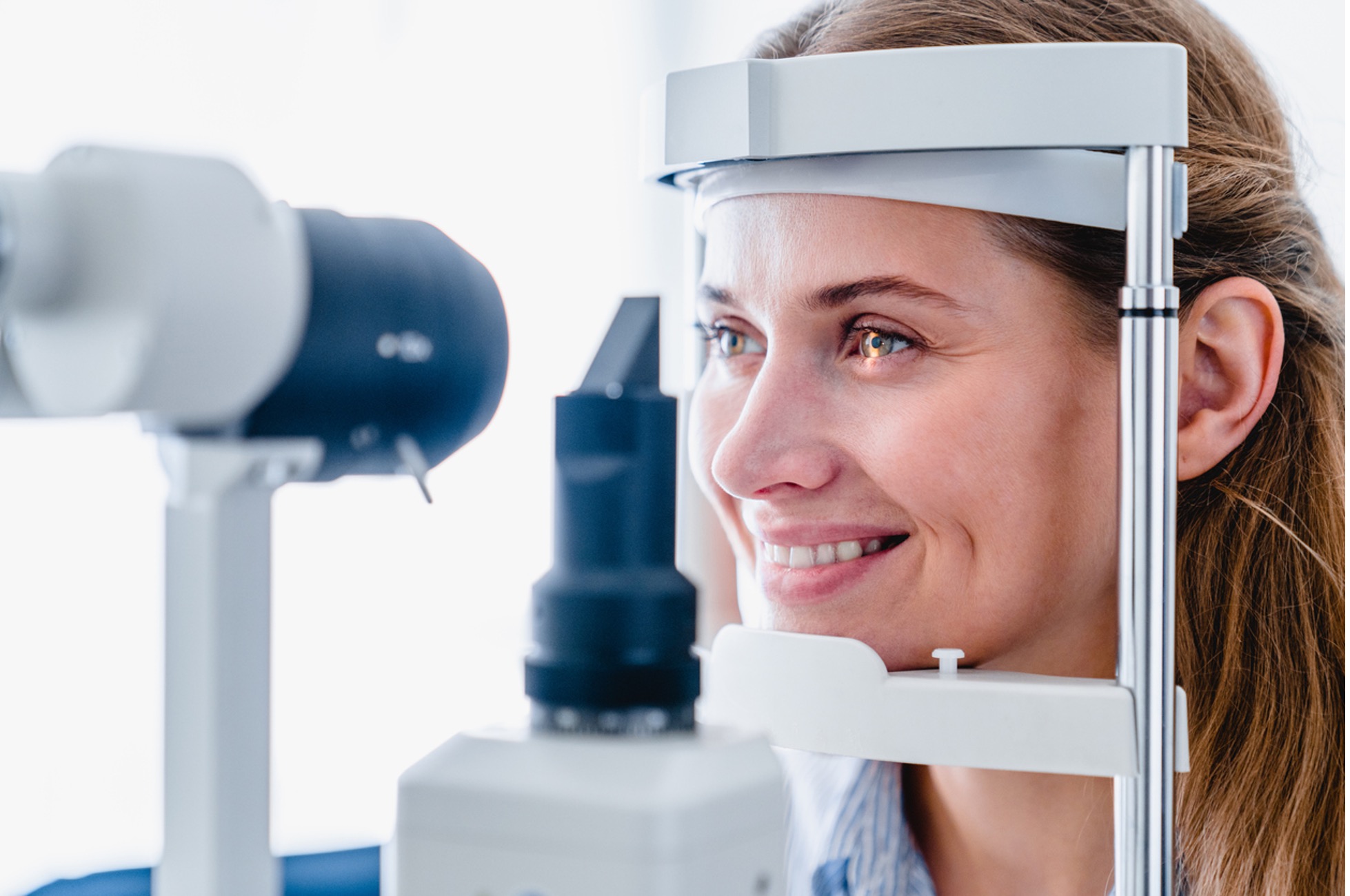Exploring the Cutting-Edge Technologies Utilized for Vision Correction
In the ever-evolving landscape of vision modification technologies, a realm where technology and precision assemble, a myriad of cutting-edge improvements have actually reshaped the possibilities for boosting visual acuity. From the complex world of advanced laser treatments to the world of artificial intelligence applications and genetics treatment breakthroughs, the area remains to press boundaries and redefine what was when believed to be unattainable. With each innovation comes the potential to reinvent just how we regard and address vision-related obstacles, offering a tantalizing peek right into a future where quality and accuracy power supreme.
Advanced Laser Procedures

Another sophisticated laser procedure acquiring appeal is PRK (Photorefractive Keratectomy) This technique includes getting rid of the external layer of the cornea prior to improving it with a laser. While the recuperation time for PRK is much longer contrasted to LASIK, it can be a far better alternative for people with slim corneas or various other corneal irregularities. Both LASIK and PRK have high success prices in boosting vision and are taken into consideration secure and reliable methods for vision correction.

Implantable Instruments Development
Advancements in implantable tools are improving the landscape of vision adjustment, providing new possibilities for people seeking permanent services to refractive mistakes. These cutting-edge gadgets, such as phakic intraocular lenses (IOLs) and implantable collamer lenses (ICLs), are made to deal with a large array of refractive mistakes, consisting of nearsightedness, hyperopia, and astigmatism. Unlike traditional glasses or contact lenses, implantable devices offer a more permanent service by being put inside the eye to fix vision.

Wavefront Innovation Enhancements
The advancement of wavefront modern technology in vision correction has actually reinvented the accuracy and modification of refractive treatments. By making use of innovative wavefront sensing units, this technology enables a detailed analysis of the eye's distinct aberrations, enabling ophthalmologists to tailor treatments with unprecedented accuracy. Wavefront-guided LASIK, for instance, exceeds typical approaches by resolving not just usual refractive mistakes like nearsightedness, farsightedness, and astigmatism next page however likewise higher-order aberrations that can affect visual quality.
In addition, continuous improvements in wavefront modern technology have led to improved analysis capabilities, allowing for a lot more specific pre-operative evaluations and post-operative evaluations to check the performance of the procedure. In general, these improvements in wavefront modern technology have actually significantly contributed to the refinement and efficiency of vision improvement procedures, offering patients a higher level of visual acuity and high quality post-treatment.
Artificial Knowledge Applications
With the progression of wavefront innovation in vision correction paving the means for tailored therapies, the assimilation of synthetic knowledge applications is now poised to additional augment precision and performance in refractive treatments. Synthetic knowledge (AI) brings a brand-new level of elegance to visit the area by analyzing large quantities of information to enhance decision-making processes throughout vision improvement surgeries. By leveraging AI in vision adjustment treatments, eye doctors can offer clients customized therapies that are not just more accurate however additionally customized to their unique visual needs, eventually leading to enhanced individual contentment and aesthetic outcomes.
Gene Therapy Advancements
Recent developments in gene therapy have ushered in a new age of precision medicine, transforming the landscape of medical treatments. In the realm of vision adjustment, gene therapy advancements provide appealing services for various get more genetic eye disorders. By targeting specific genes in charge of problems like retinitis pigmentosa, Leber genetic amaurosis, and various other genetic retinal illness, gene therapy intends to resolve the origin of these conditions at a molecular level.
One notable breakthrough in genetics treatment for vision adjustment is Luxturna, approved by the FDA in 2017. Luxturna is a pioneering genetics therapy treatment for people with inherited retinal conditions created by mutations in the RPE65 gene. Via the distribution of a practical copy of the RPE65 genetics right into retinal cells, Luxturna has revealed considerable improvements in vision for patients with these hereditary conditions.
As research in genetics therapy remains to development, the capacity for tailored therapies for a variety of hereditary eye disorders expands tremendously, providing wish for enhanced vision outcomes and top quality of life for afflicted people.
Final Thought
In conclusion, the field of view correction is frequently developing with the usage of innovative technologies such as sophisticated laser treatments, implantable gadgets, wavefront modern technology, expert system, and gene treatment. retina service near me. These innovations have changed the method vision concerns are dealt with, supplying more exact and effective options for people. As innovation proceeds to advance, we can expect much more advancements in the future that will certainly further enhance the high quality of vision correction treatments